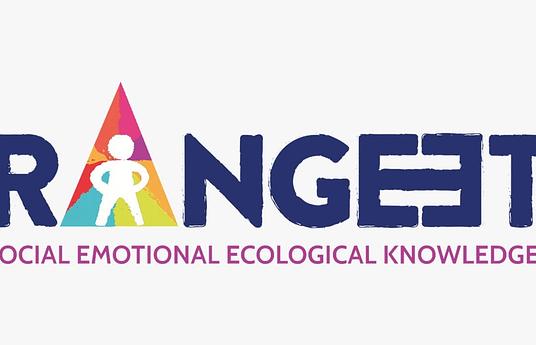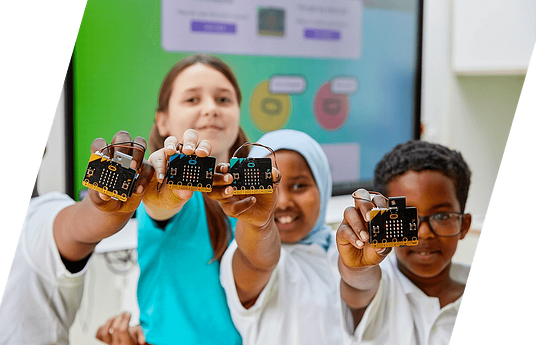The abbreviation PGLU seems unwieldy at first glance, but the acronym stands for "Prozessor gesteuerte Lernumgebung", and the processor-controlled learning environment developed by Rolf Beck, handicrafts teacher at the Volksschule Baden (AG), is very user-friendly. It was designed for use in the technical design course of the senior high school. "The PGLU board allows you to connect things and operate them" says Rolf Beck. "This is how we bring digitalization into the technical design course." The students learn the basic principles of hardware informatics and how to use sensors. PGLU is set up to work well with machines. Each project always has an analog and a digital part. The learners themselves decide how much analog and how much digital they want to do.
Bruno Rutishauser, handicrafts teacher and responsible for media and computer science at the Embrach secondary school (ZH), can already look back on two years of experience with PGLU: "The students can learn the ropes by themselves without the teacher having to understand everything." He recommends starting with a vehicle: "It’s important to know what it should look like and how it should work." At the same time, learners are introduced to programming. Roman, a student, noticed that you do not need to write out everything when programming, you can also put blocks together. As soon as the vehicle is finished, the students can start programming it.
Beck and Rutishauser recommend to their fellow teachers: "Just do it. Put a circuit board down in front of a student and say: 'Do you want to do something with this?'" The two teachers think that the ideas that emerge from this approach are the most exciting anyway.


